Table of Contents
The relationship between the United States and China in 2025 remains the most significant and complex bilateral relationship in global politics. It influences trade, technology, security, climate action, and multilateral diplomacy. This rivalry is not just a contest between two nations—it is a broader struggle between competing models of governance, economic systems, and global influence.
1. Trade and Economic Competition
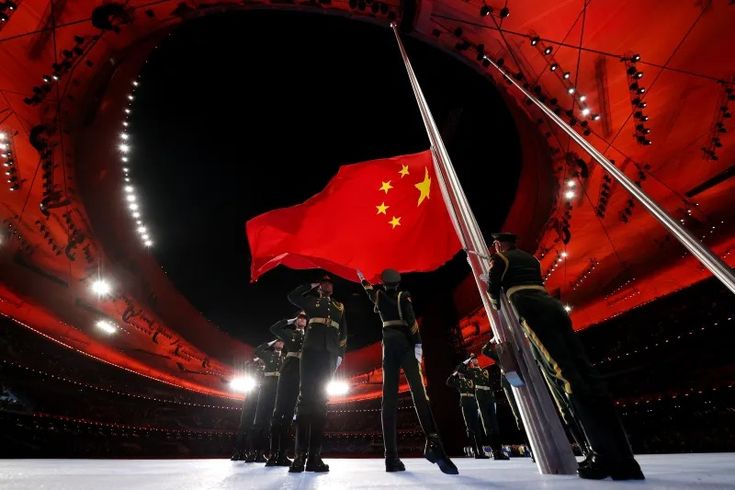
Despite high levels of trade, economic ties are strained. The United States continues to impose restrictions on Chinese companies in sectors deemed sensitive to national security—especially semiconductors, artificial intelligence, and 5G technologies. In response, China is doubling down on its self-reliance strategy, investing heavily in domestic tech innovation and critical infrastructure.
U.S. companies remain invested in China, but increasing regulatory barriers, tariffs, and the global trend toward supply chain diversification have reduced dependency. The concept of “de-risking” rather than full “decoupling” now defines Western economic policy toward China.
2. Strategic and Military Tensions in the Indo-Pacific
The Indo-Pacific remains a hotspot. The U.S. continues to strengthen its presence through strategic partnerships with Japan, Australia, India (Quad), and the Philippines. Joint naval exercises, defense pacts, and intelligence sharing aim to counterbalance China’s assertive posture in the South China Sea and around Taiwan.
Meanwhile, China has expanded its naval capacity and fortified artificial islands. Its coast guard and maritime militia often confront vessels from other claimant states, raising the risk of escalation.

3. Taiwan – The Red Line
Taiwan is arguably the most volatile flashpoint. The U.S. adheres to its One-China policy but continues arms sales and informal diplomatic engagement with Taipei. China views these actions as provocative and has responded with increased military drills and cyber operations.
Cross-strait relations remain tense, and the international community watches closely, fearing that miscalculations could trigger a larger regional conflict.
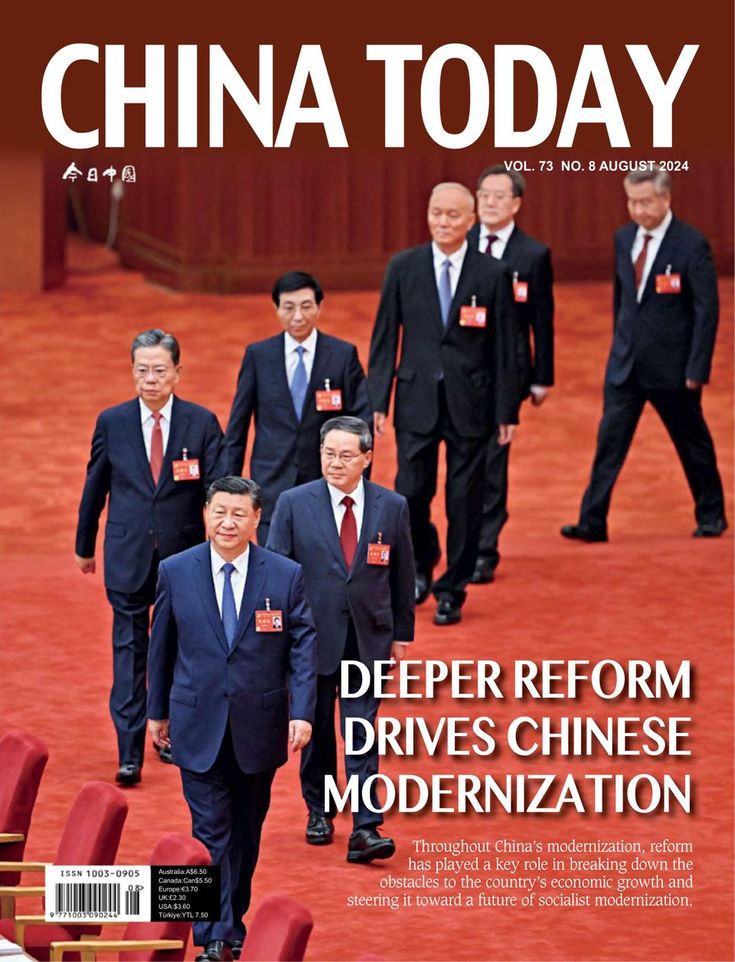
4. The Belt and Road Initiative vs. Global Partnerships
China’s Belt and Road Initiative (BRI) continues to invest in infrastructure projects across Africa, Central Asia, and Latin America. It provides loans, builds ports and railways, and promotes trade routes aligned with China’s long-term economic interests.
The U.S. and its allies have launched counter-initiatives such as the Partnership for Global Infrastructure and Investment (PGII), emphasizing transparency, sustainability, and debt responsibility. These efforts reflect a global contest for influence in emerging economies.
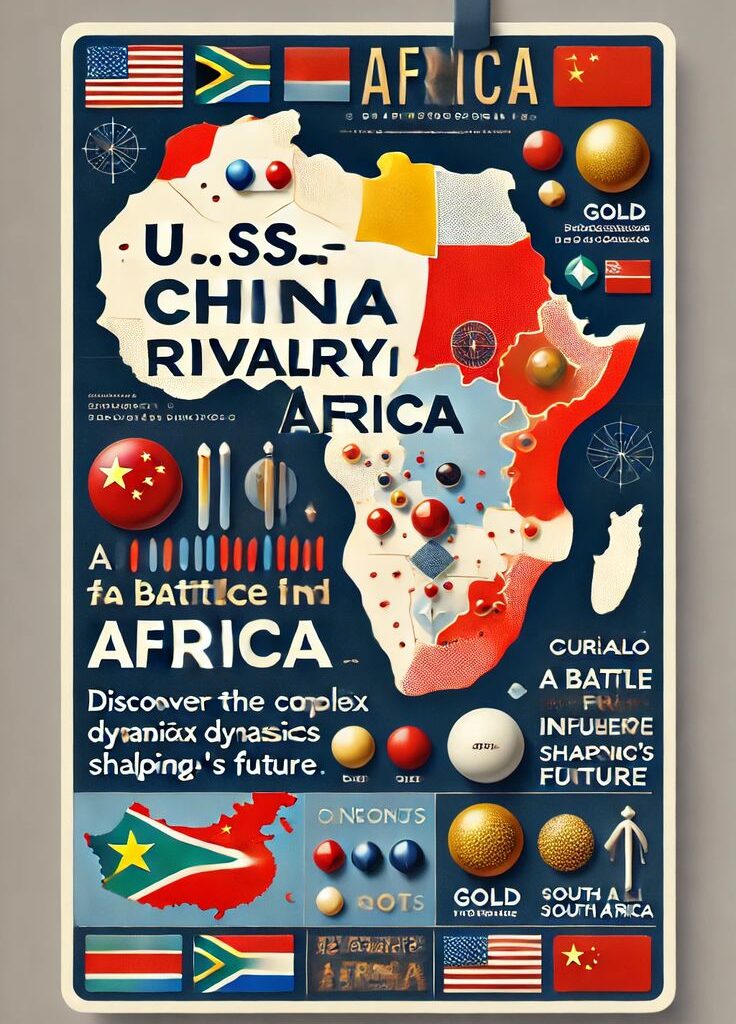
5. Cybersecurity and Tech Rivalry
Digital infrastructure is a new battleground. The U.S. accuses China of state-sponsored cyberattacks, intellectual property theft, and disinformation campaigns. In turn, China claims the U.S. is suppressing its technological rise and interfering in its domestic affairs.
This has led to mutual bans, sanctions, and the creation of separate technological ecosystems, with countries forced to align with one model or the other.
6. Climate Change Cooperation Amid Tensions
Interestingly, climate change remains one of the few areas of cooperation. Both countries are the largest emitters of greenhouse gases and have a mutual interest in green innovation, renewable energy, and global climate targets.
High-level climate envoys have resumed dialogue and participated in joint working groups, even as political tensions persist elsewhere.
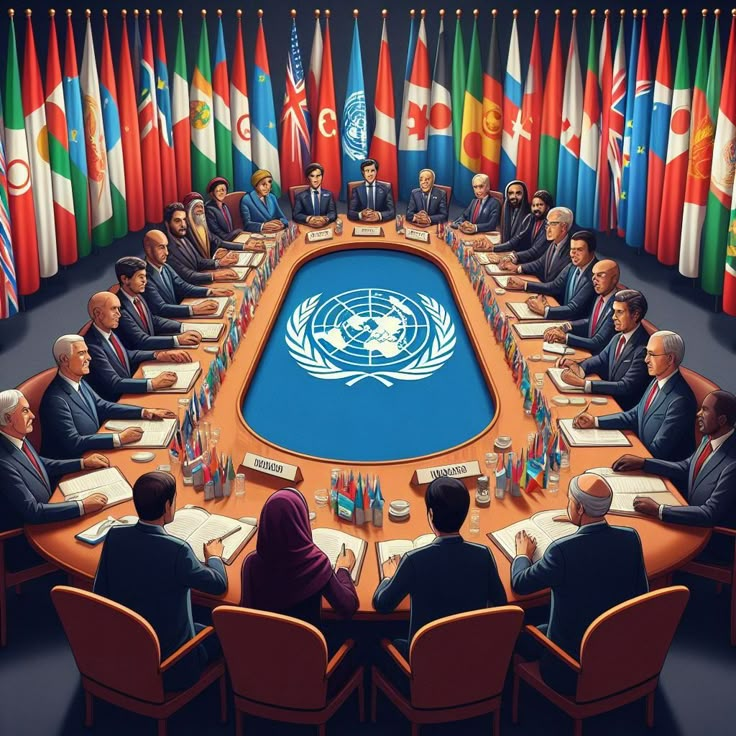
Conclusion: A Rivalry That Shapes the World
The U.S.-China relationship in 2025 is defined by strategic rivalry, economic interdependence, and ideological competition. It is not a new Cold War—but it is a contest with global consequences. Diplomacy, deterrence, and mutual restraint are necessary to avoid direct conflict while navigating the complexities of a multipolar world.
Understanding this relationship is key to understanding today’s world order. Every policy shift, trade dispute, or military maneuver between these two giants affects not only their citizens but the entire international community.
Author Profile
- Syed Tahir Abbas is a Master's student at Southwest University, Chongqing, specializing in international relations and sustainable development. His research focuses on U.S.-China diplomacy, global geopolitics, and the role of education in shaping international policies. Syed has contributed to academic discussions on political dynamics, economic growth, and sustainable energy, aiming to offer fresh insights into global affairs.
Latest entries
 Middle East AffairsJuly 14, 2025An Open Letter from Gaza’s University Presidents: Resisting Scholasticide Through Education
Middle East AffairsJuly 14, 2025An Open Letter from Gaza’s University Presidents: Resisting Scholasticide Through Education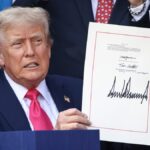 U.S. PolicyJuly 9, 2025Impacts of the One Big Beautiful Bill Act on the U.S. Mining Sector
U.S. PolicyJuly 9, 2025Impacts of the One Big Beautiful Bill Act on the U.S. Mining Sector Human RightsJuly 2, 2025Palestine Action Is a Moral Compass. That’s Why the UK
Human RightsJuly 2, 2025Palestine Action Is a Moral Compass. That’s Why the UK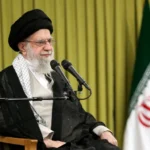 International PoliticsJune 26, 2025Iran Confirms Serious Damage to Nuclear Sites from U.S. Strikes, Rules Out Meeting with Washington
International PoliticsJune 26, 2025Iran Confirms Serious Damage to Nuclear Sites from U.S. Strikes, Rules Out Meeting with Washington

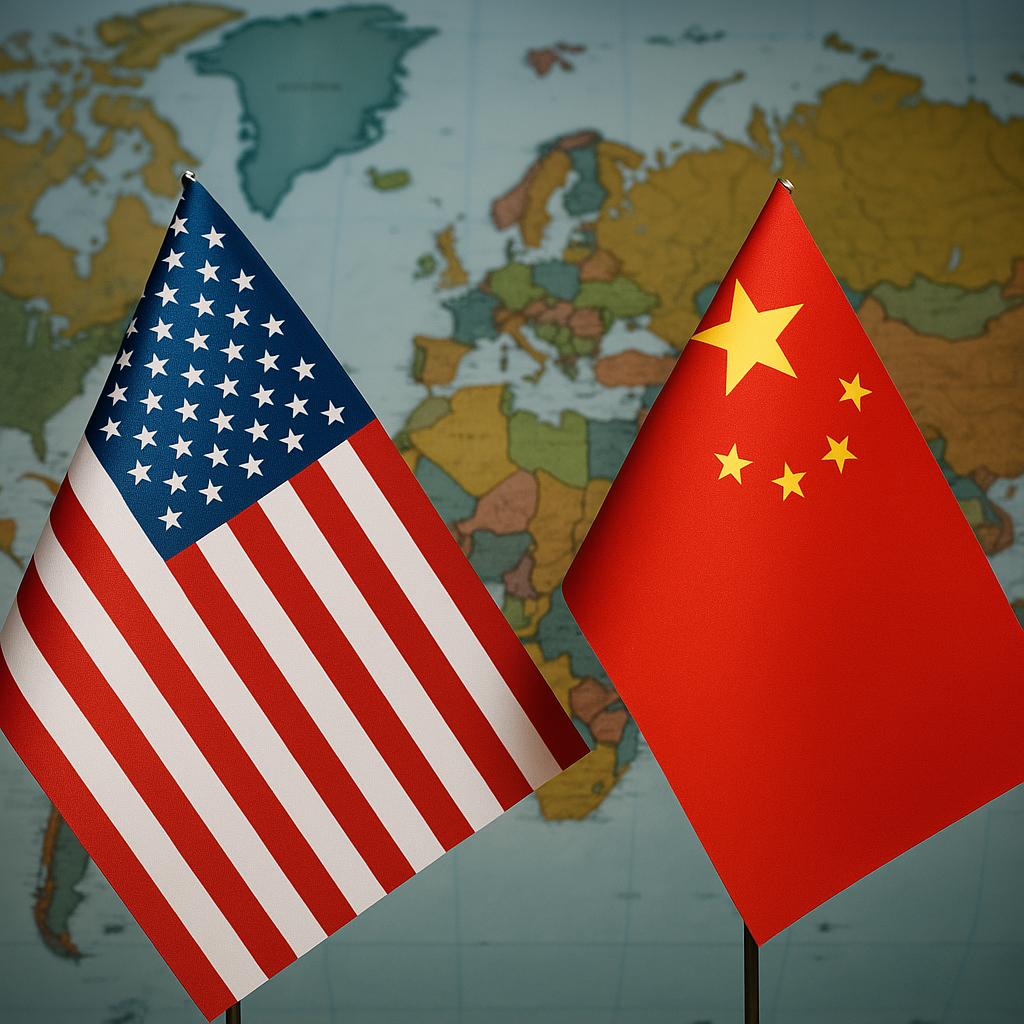

2 comments
Yesss, you nailed it again! Can’t wait to see what you write next.🤗
Another awesome post! When’s the next one coming? I’m hooked!
Dude, this was so good! You’ve got a real talent for this.🤗